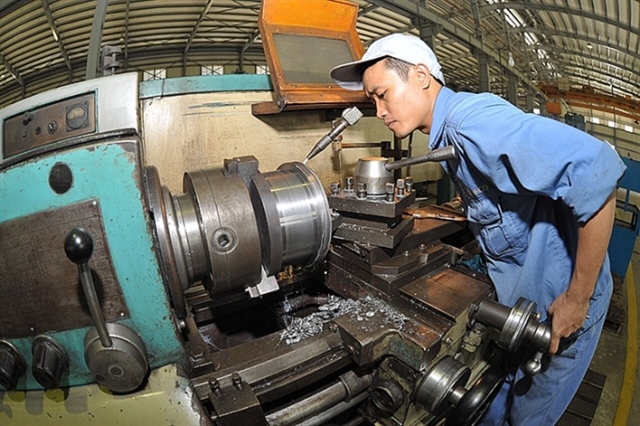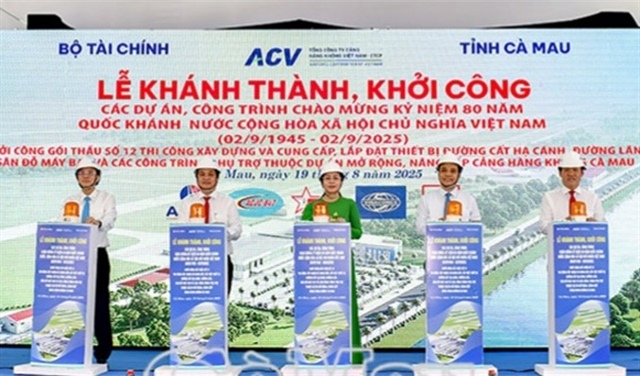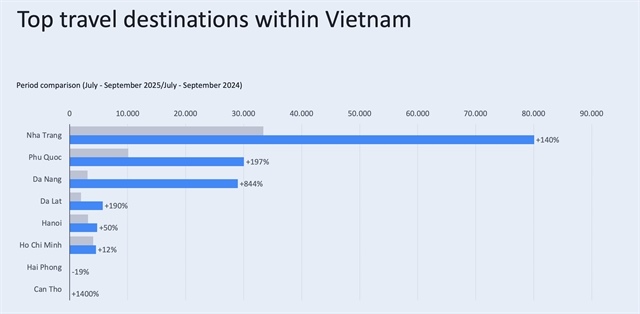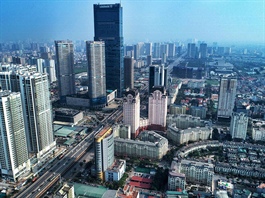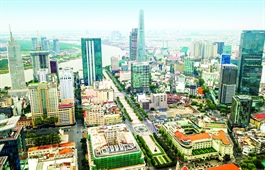International forecasts for Vietnam’s GDP growth
International forecasts for Vietnam’s GDP growth
International forecasts put Vietnam’s gross domestic product (GDP) growth as high as 6.5 percent this year, but some outlooks are less optimistic.
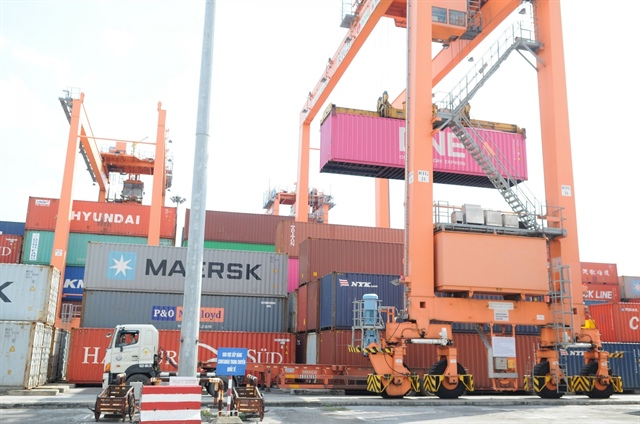
Vietnam’s economy is expected to rebound to 6.5 percent this year |
Differing forecasts
The Vietnamese economy expanded at 5.03 percent in the first quarter of the year. Thanks to high COVID-19 vaccination rates, greater efforts to promote trade and the government’s economic recovery and development program, the Vietnamese economy is ready for a strong recovery in the context of global uncertainties. Nguyen Minh Cuong, chief economist of the Asian Development Bank (ADB) in Vietnam, pointed out three growth drivers - the manufacturing and processing sector, trade-investment, and services.
Specifically, the recovery of the labor market and other stimulus measures will boost industrial growth 9.5 percent in 2022, as forecast, contributing 3.6 percentage points to Vietnam’s GDP growth. Export-import activities will continue to increase strongly this year, with exports expected to surge by 8-10 percent. Vietnam also reopened to international tourism on March 15 after being closed off to most foreign arrivals for two years, prompting hopes of recovery for its tourism sector. The full reopening of tourism activities is expected to increase the service sector growth this year by 5.5 percent, contributing 2.3 percentage points to the overall growth.
Cuong emphasized that Vietnam’s economy is expected to rebound to 6.5 percent this year and further expand to 6.7 percent in 2023.
The ADB’s forecast for Vietnam’s GDP growth in 2022 is much more optimistic than other organizations’ predictions. The World Bank (WB) forecast puts Vietnam’s economic growth this year at 5.3 percent, down from the previous forecast of 6.5 percent issued last October. In a worst-case-scenario, growth could reach only four percent. In addition, HSBC has lowered its GDP growth forecast for Vietnam from 6.5 percent to 6.2 percent due to the risk of global fuel shortages.
|
Short-term risks
Vietnam is also vulnerable to short-term risks. According to the WB, Vietnam’s major trading partners are slowing down, while sanctions related to the Russia-Ukraine war are increasing. These factors could be exacerbated if a new COVID-19 variant appears.
Vietnam’s economic recovery also depends on the recovery of private demand, which remains relatively slow, reflecting the caution of consumers and investors. In addition, a strong increase in infections in Vietnam could result in temporary disruptions in labor supply and production.
With developed economies facing dwindling fiscal and monetary space, potentially restricting their ability to further support their economies if the crisis persists, global recovery could slow and weaken demand for Vietnamese exports. Rising bad debt is another medium-term risk, in addition to rapidly increasing construction material costs and complicated public investment disbursement procedures.
According to international organizations, the negative impact on economic growth could be mitigated if the Vietnamese government implements support packages through fiscal policy. Monetary policy still needs to be loosened, but it must also be cautious to control risks in the financial sector.
| Vietnam’s inflation has shown signs of increasing. However, international organizations predict Vietnam’s inflation in 2022 at below four percent. |


